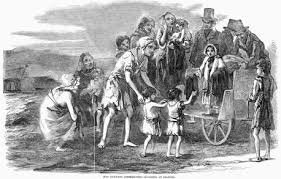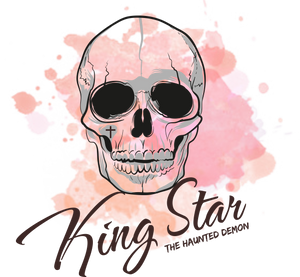In podcast episode #13 we discuss a touch subject of slavery , more specifically white slavery .
History
The phrase "white slavery" was used by Charles Sumner in 1847 to describe the chattel slavery of Christians throughout the Barbary States and primarily in the Algiers, the capitol of Ottoman Algeria.[1] It also encompassed many forms of slavery, including the European concubines often found in Turkish harems.[2]
The term was also used from the beginning of the twentieth century when most of the countries of Europe signed in Paris in 1904 an International Agreement for the suppression of the White Slave Traffic aimed at combating the sale of women who were forced into prostitution in the countries of continental Europe. In the early twentieth century, the term was used against the forced prostitution and sexual slavery of girls who worked in Chicago brothels.
White slave trade
Slavic Slaves
Main articles: Volga trade route and Trade route from the Varangians to the Greeks
The Rus trading slaves with the Khazars: Trade in the East Slavic Camp by Sergei Ivanov (1913)
The Volga trade route was established by the Varangians (Vikings) who settled in Northwestern Russia in the early 9th century. About 10 km (6 mi) south of the Volkhov River entry into Lake Ladoga, they established a settlement called Ladoga (Old Norse: Aldeigjuborg).[3] It connected Northern Europe and Northwestern Russia with the Caspian Sea, via the Volga River. The Rus used this route to trade with Muslim countries on the southern shores of the Caspian Sea, sometimes penetrating as far as Baghdad. The route functioned concurrently with the Dnieper trade route, better known as the trade route from the Varangians to the Greeks, and lost its importance in the 11th century.
Saqaliba originally was used to denote Slavic people, however later it came to denote all European slaves in some Muslim regions like Spain including those abducted from raids on Christian kingdoms of Spain. The Franks started buying slaves from the Slavs and Avar Khaganate while Muslims also came across slaves in the form of mercenaries serving the Byzantine Empire and settlers in addition to among the Khazars. While the trade was dominated by Jewish merchants until 9th century and Italian city states, most Slavic slaves were imported to the Muslim world through the border between Christian and Islamic kingdoms where castration centres were also located instead of the direct route. From there they were sent into Islamic Spain and other Muslim-ruled regions especially North Africa. The saqaliba gained popularity in Umayyad Spain especially as warriors. After the collapse of the Ummayads, they also came to rule over many of the taifas. With the conversion of Eastern Europe, the trade declined and there isn't much textual information on saqaliba after 11th century.[4]
Central Europe was the most favoured destination for importation of slaves alongside Central Asia and Bilad as-Sudan, though slaves from Northwestern Europe were also valued. This slave trade was controlled mostly by European slave traders. France and Venice were the routes used to send Slavic slaves to Muslim lands and Prague served as a major centre for castration of Slavic captives.[5][6] Emirate of Bari also served as an important port for this trade.[7] Due to the Byzantine Empire and Venice blocking Arab merchants from European ports, they later started importing in slave from the Caucasus and the Caspian Sea.[8]
The Saqaliba were also imported as eunuchs and concubines to Muslim states.[9] The slavery of eunuchs in the Muslim world however was expensive and they thus were given as gifts by rulers. The Saqaliba eunuchs were prominent at the court of Aghlabids and later Fatimids who imported them from Spain. The Fatimids also used other Saqaliba slaves for military purposes.
you can listen to our latest episode on pocket casts, spotify,apple podcasts and more.

